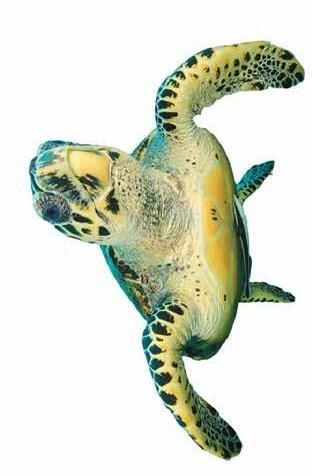
1 minute read
Alarming Decline of the Hawksbill Turtle

Dispersed throughout the tropical and subtropical waters of the Indian, Pacific and Atlantic oceans, the hawksbill sea turtle helps maintain high coral cover on reefs by removing invasive prey. Their ornate, beautifully patterned shells make them a favorite attraction for snorkelers and divers around the world. But those beautiful shells also make them a target for illegal harvesting to be carved into combs, jewelry and other trinkets.
Advertisement
According to the International Union for Conservation of Nature, the population of hawksbill turtles has declined by 84 to 87 percent over the last three generations, and their numbers continue to fall. Illegal poaching is not the only threat facing these turtles. Excessive hunting, loss of coral reef habitats due to warming oceans and acidification, light pollution in nesting areas due to development, marine pollution and fatal run-ins with commercial fishing have contributed to their decline. Conservation efforts are underway in places like Australia and the Caribbean, including working with commercial fishers to develop sustainable, turtle-friendly fishing methods. Laws are in place in many parts of the world to deter and prosecute the illegal trade of turtle products. Consumers can do their part by learning to identify, avoid and report hawskbill shell products. For tips, check out this video by Travel for Wildlife at Tinyurl.com/HawksbillHelp.






